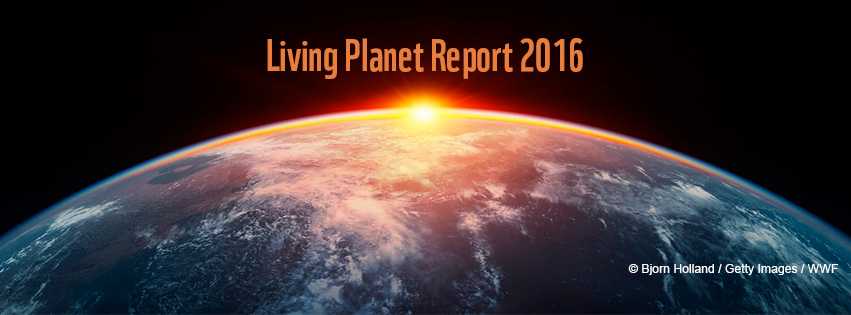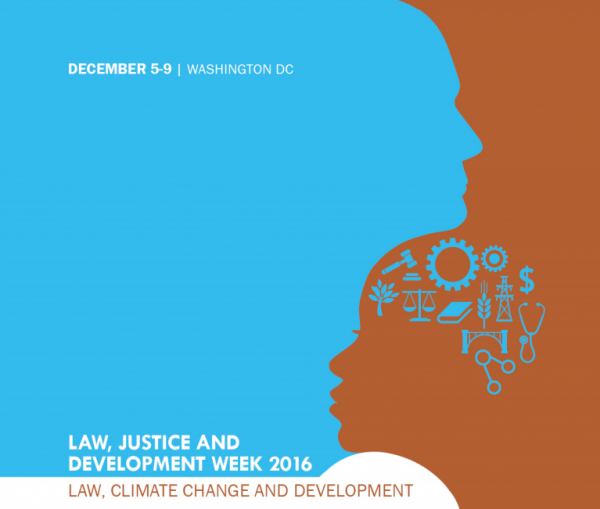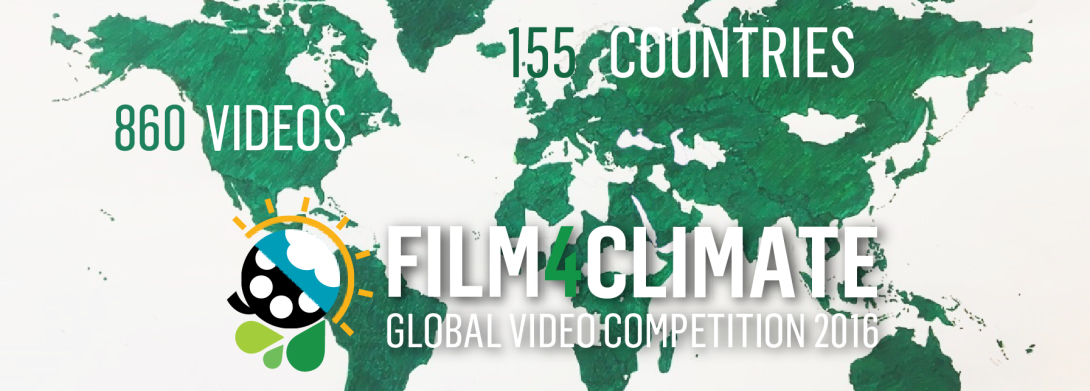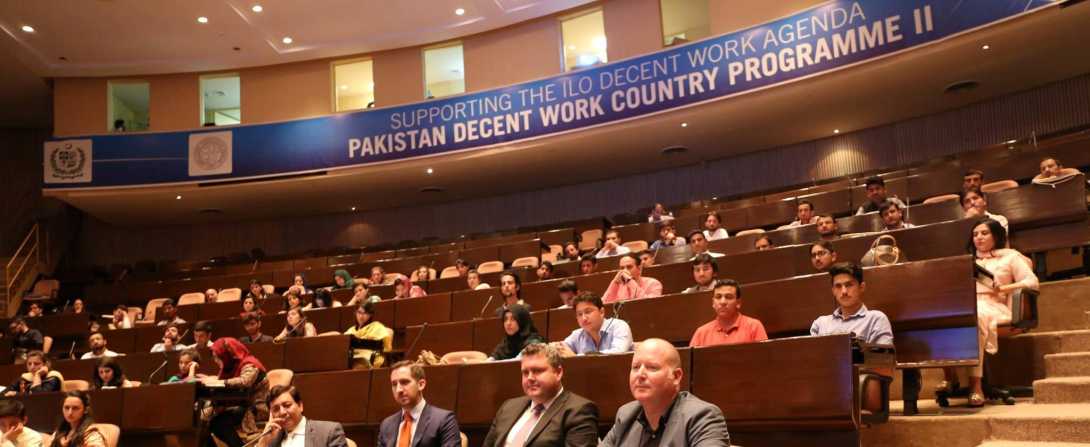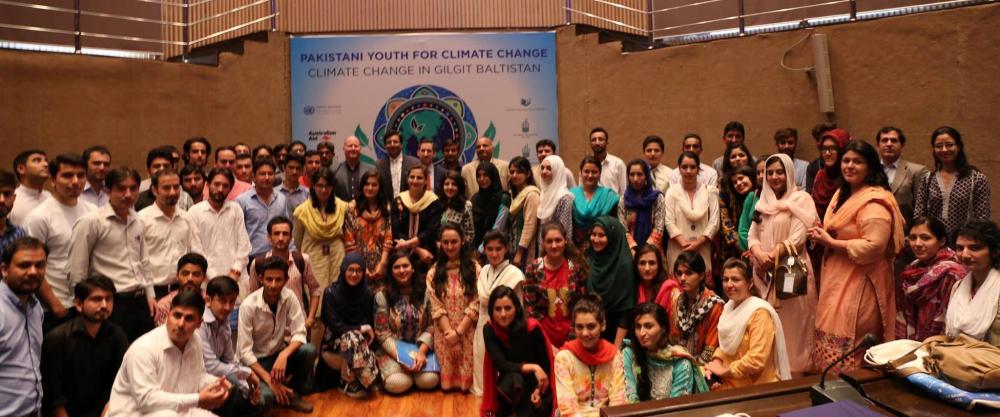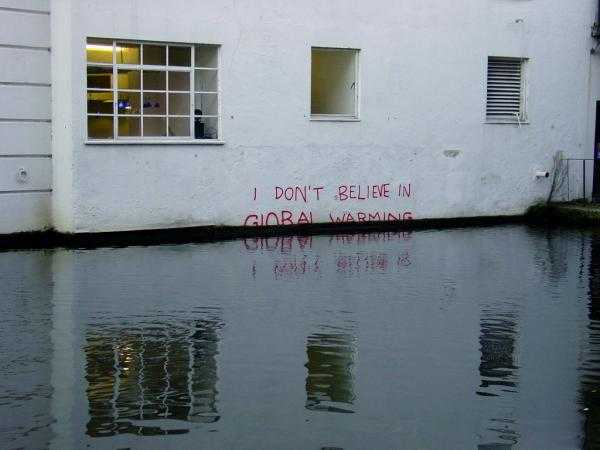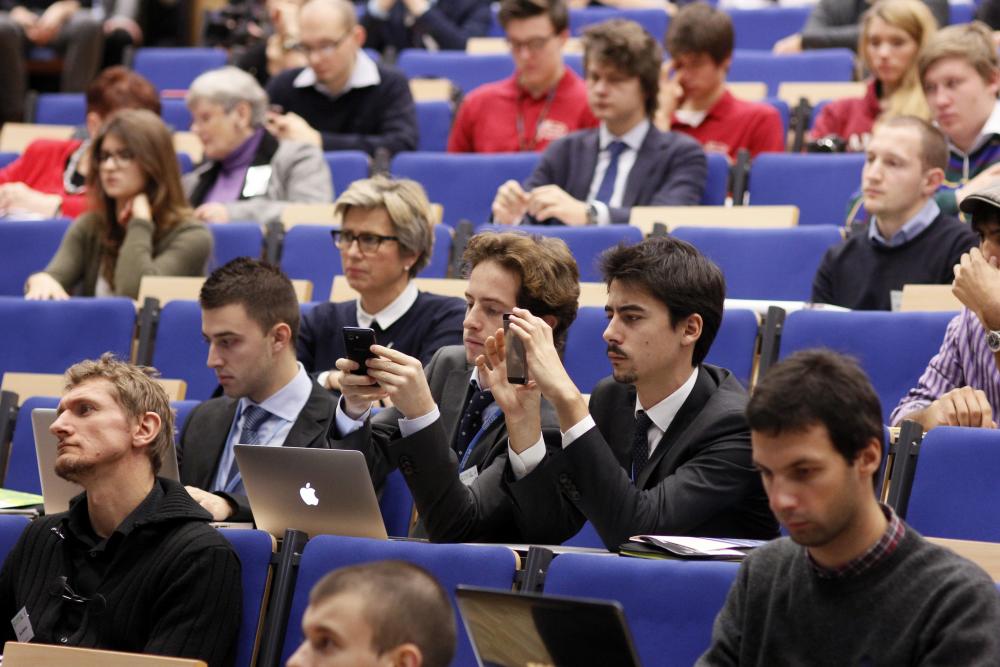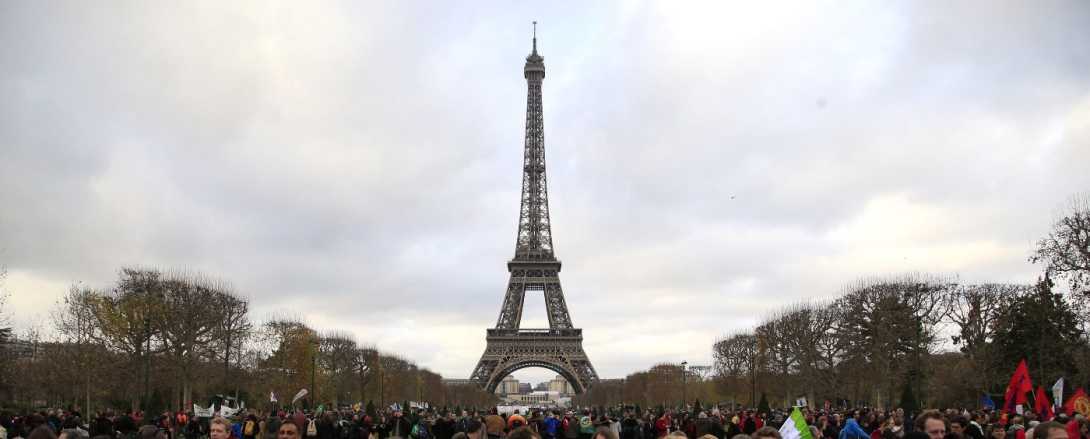
From the Paris agreement to a new deal on another kind of greenhouse gas, the world is doing a lot to slow climate change.
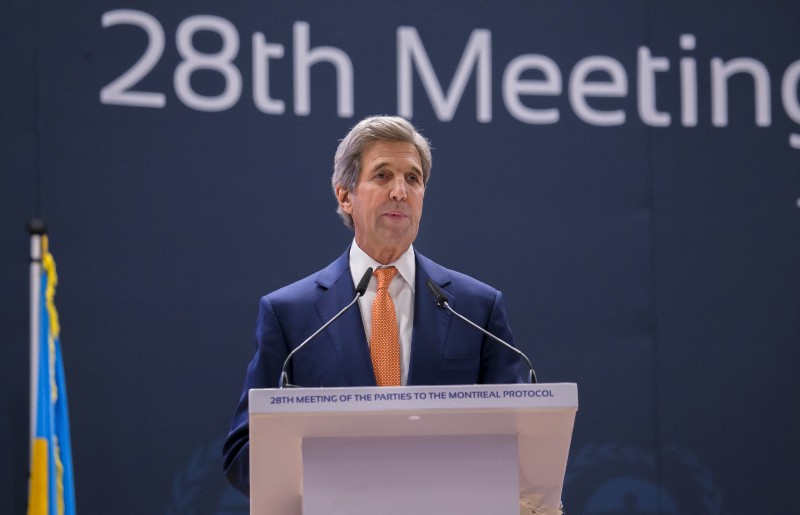
The past few months have seen a historic amount of global climate action, from the official entry into force of the Paris climate agreement to a landmark agreement to begin limiting emissions from the international aviation industry.
Now, mark another win for global climate action: On Saturday, representatives from almost 200 countries agreed to a new deal to reduce emissions from the world’s fastest growing greenhouse gas — hydrofluorocarbons.
Hydrofluorocarbons — or HFCs — are the gases currently used in refrigeration and air conditioning. And while they help keep certain items cool, they also threaten to heat up the world, with 1,000 times the heat trapping properties of carbon dioxide. According to scientists, continued use of HFCs in air-conditioners would be enough to raise global temperatures one full degree Fahrenheit by the end of the century.
“This amendment to the Montreal Protocol is the single most important measure the global community could take to limit global warming in the short-term.”
In an effort to curb their use, members of the Montreal Protocol met in Rwanda last week to discuss how HFCs could be phased out without disproportionately impacting developing countries, like India, where air-conditioning is crucial to public health.
The countries settled on an amendment to the original Montreal Protocol called the Kigali Amendment, which relies on a tiered system to time the phase out of HFCs throughout the world. Developed nations stop using and producing HFCs within a few years, followed by developing countries like China and some island nations in 2024, and finally countries like India, Iran, and Iraq in 2028.
“This amendment to the Montreal Protocol is the single most important measure the global community could take to limit global warming in the short-term,” Andrew Light, senior fellow with the World Resources Institute, said in a statement. “Because HFCs are thousands of times more potent as a warming agent than carbon dioxide, a successful phase down can avoid up to a half a degree Celsius of global warming by the end of this century.”
The deal, according to some scientific estimates, could prevent .5 degrees Celsius of warming by the end of the century — no small amount, given the goal of staying well below 1.5 degrees of warming set out in Paris.
If the Montreal Protocol sounds familiar, that’s because this same body had great success in the late 1980s and early 1990s to force the phase-out of chlorofluorcarbons, which both destroyed the ozone and contributed to global warming. HFCs were meant as a non-ozone-depleting replacement to CFCs, but ended up acting as powerful warming agents themselves.
The Montreal Protocol is one of the great environmental success stories in recent history — a coalition of countries coming together to recognize a problem (in this case, the hole in the ozone) and agree upon a solution. Phasing out CFCs really did help the ozone — today, it is finally starting to heal.
It’s fitting that the Montreal Protocol would reach another crucial global deal at a time when the global community seems to be embracing climate action like never before. In early October, the Paris climate agreement reached the threshold of representative countries and emissions needed to enter into force, and it’s expected to take effect in early November. That’s months beforeanyone thought the agreement would enter into force, spurred largely by the specter of an American president who would seek to cancel the agreement. Nations understand the critical nature of the climate change problem, and are acting quickly — and acting together — to help slow the crisis. Earlier in October, nations came together to help curb greenhouse gas emissions from airlines — a deal the International Air Transport Association (IATA) trade group called “historic.”
So even as the United States seems locked in a contentious presidential election that treats climate change more as an aside than a critical issue, the international community appears ready to move forward with climate action.
“In less than 12 months, American leadership has brought the world together to craft two historic agreements that represent a global turning point in our fight to tackle climate change,” Michael Brune, director of the Sierra Club, said in a statement. “While we have much more work to do, the significance of these diplomatic achievements cannot be overstated.”
Which is not to say that these agreements represent the culmination of global climate action — they are much more like the floor of what is necessary than the ceiling. A recent study, published before peer-review, by former NASA climate scientist Jim Hansen, argued that even with the Paris agreement, the world has already warmed by 1.3 degrees Celsius since pre-industrial times. And many of the countries individual pledges to the Paris agreement do not go far enough to help slow global warming.
Still, with a wave of international accomplishments preceding this year’s United Nations Framework Convention on Climate Change, to be held November 7 in Morocco, there are reasons to be optimistic that the international community could continue to press for increasingly ambitious climate action.
“The Kigali Amendment, just prior to the adoption of the Paris Agreement, brings concrete global action to fight catastrophic global warming,” Clare Perry, climate campaign leader with the Environmental Investigation Agency, said in a statement. “Still, with billions of tonnes of emissions still up for grabs, the ultimate success of the Kigali amendment will depend on accelerating the removal of these industrial climate-killers in upcoming meetings.”
This blog post was originally posted here.

